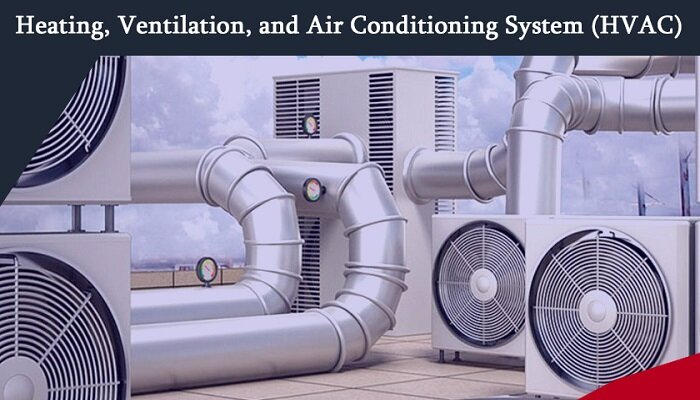The HVAC System Market in Europe happened to be valued at US$ 50.7 billion in 2022 and is anticipated to reach US$ 125 billion by this decade-end; it is expected to grow at a CAGR of 11.9% right from 2022 to 2030.
The growing adoption of digitalization all throughout the European region is not just influencing varied industries so as to maximize their capabilities but, at the same time, also experiencing high adoption of advanced solutions throughout the region. This is aiding the HVAC sector to grow profitability by way of expanding the platforms of distribution. The demand when it comes to heating or cooling that is executed by HVAC systems is pushed by the rising need in industrial, commercial building areas, or even residential points.
As remarked by the European Commission, in residential and commercial buildings, HVAC systems go on to comprise almost 35% of the total consumption of energy. For energy consumption, high-efficiency heat pumps can go on to be utilized so as to reduce or even eliminate the usage of refrigerants. Therefore, the demand for such choices in order to reduce GHG emissions is indeed growing.
The rise when it comes to new residential areas, rising average construction expenditures, growing government expenses when it comes to sustainable building development, progress in disposable income, as well as rapid urbanization throughout many European economies happen to be certain major elements that happen to be driving the adoption of HVAC systems across Europe. The regulations formed by the governments across Europe are in sync with energy efficiency as well as the preference for eco-friendly refrigerants in regions like the UK, France, and Germany.
Growing Demand for Energy-Efficient Solutions Go on to push the European HVAC System Market
To enhance the quality-of-life use of energy-efficient appliances has been progressing in recent times. The reason for the rise in energy-efficient solutions is not just because they go on to save energy but also because they require less maintenance and have even fewer replacement expenditures. These solutions go on to contribute to a positive effect when it comes to the environment.




































